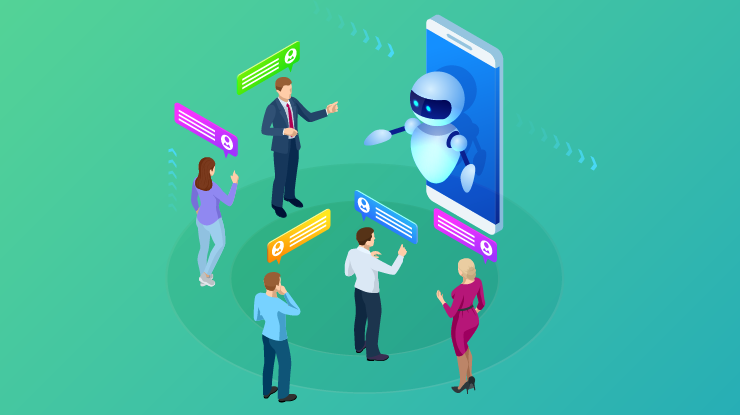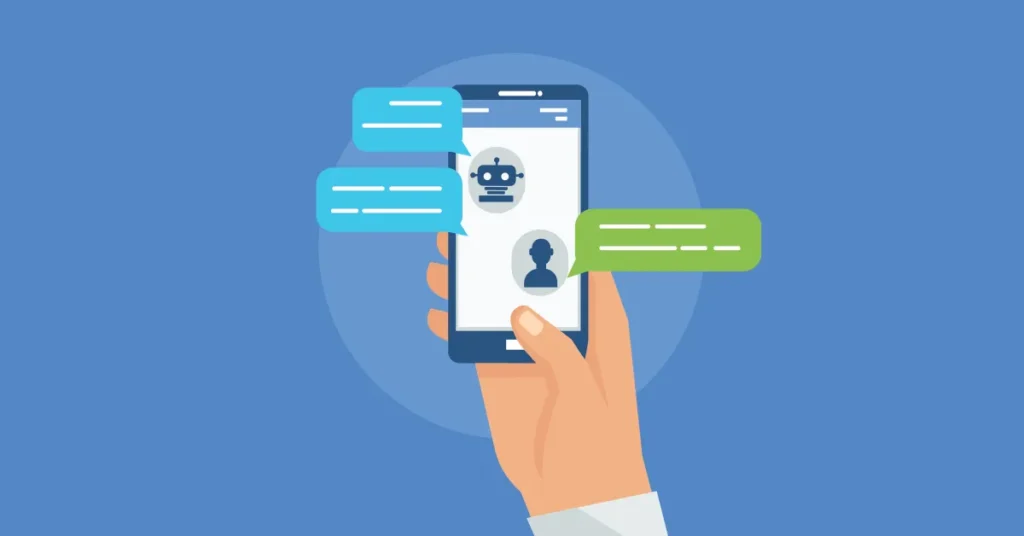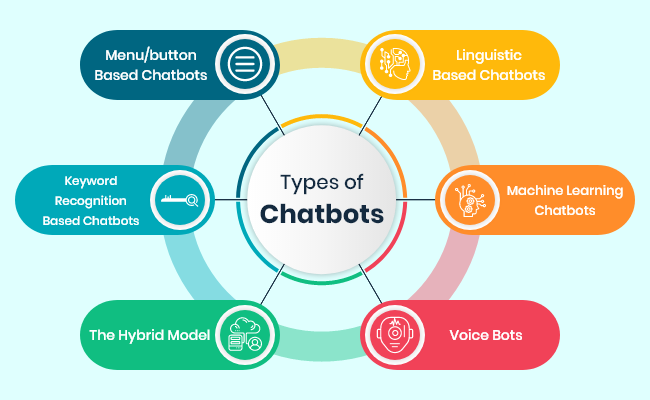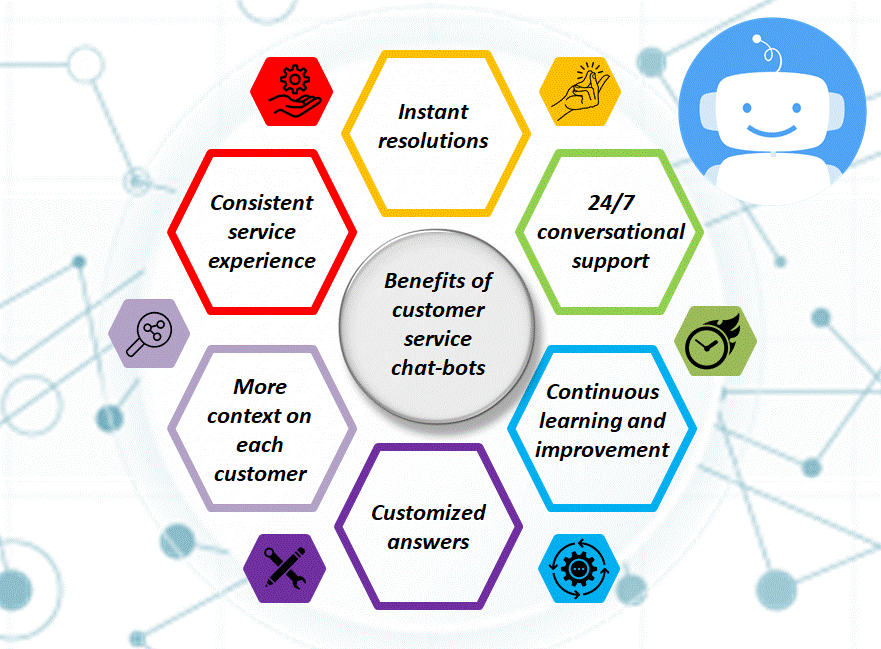Introduction
Have you ever interacted with a chatbot while shopping online or seeking customer support? Chatbots have become an integral part of customer service, revolutionizing how businesses engage with their customers. From simple automated responses to sophisticated AI-driven interactions, the evolution of chatbots has been remarkable. Let’s dive into the journey of chatbots in customer service and explore how they have transformed the customer experience.

The Early Days of Chatbots
Rule-Based Chatbots
In the beginning, chatbots were simple and operated on predefined rules. These rule-based chatbots followed programmed instructions and could only handle specific queries. If a customer asked a question outside of the programmed responses, the chatbot would fail to provide a satisfactory answer. Despite their limitations, rule-based chatbots marked the first step toward automating customer service.
ELIZA: The First Chatbot
One of the earliest chatbots was ELIZA, created in the 1960s by Joseph Weizenbaum at the MIT Artificial Intelligence Laboratory. ELIZA simulated a conversation by using pattern matching and substitution methodology. Although primitive by today’s standards, ELIZA demonstrated the potential for machines to engage in human-like conversations.
The Rise of AI and NLP
Natural Language Processing (NLP)
The introduction of Natural Language Processing (NLP) brought significant advancements to chatbots. NLP enables chatbots to understand and interpret human language more accurately. With NLP, chatbots could go beyond simple keyword matching and comprehend the context and intent behind customer queries.
Machine Learning and AI Integration
Integrating machine learning and AI into chatbots was a game-changer. Machine learning algorithms allow chatbots to learn from interactions, improving their responses. AI-driven chatbots could handle more complex queries, provide personalized responses, and predict customer needs based on previous interactions.

Chatbots in Modern Customer Service
24/7 Availability
One of the most significant advantages of chatbots in customer service is their availability. Unlike human agents, chatbots can provide support 24/7, ensuring customers receive assistance whenever they need it. This round-the-clock availability enhances customer satisfaction and reduces wait times.
Instant Responses
In today’s fast-paced world, customers expect quick responses. Chatbots can provide instant answers to common questions, resolving issues in real time. This immediacy improves the overall customer experience and frees up human agents to handle more complex tasks.
Cost-Effective Solution
Implementing chatbots is a cost-effective solution for businesses. Chatbots can handle multiple queries simultaneously, reducing the need for a large customer support team. This efficiency translates to cost savings, allowing companies to allocate resources to other areas.

Types of Chatbots in Customer Service
Informational Chatbots
Informational chatbots provide customers with information on various topics. They can answer frequently asked questions, provide product details, and guide customers through processes. These chatbots are ideal for handling routine inquiries and providing quick access to information.
Transactional Chatbots
Transactional chatbots facilitate transactions such as booking appointments, making reservations, or processing orders. They streamline the customer journey by allowing users to complete tasks directly through the chatbot interface.
Conversational AI Chatbots
Conversational AI chatbots are the most advanced type. They engage in natural, human-like conversations, understanding context and emotions. These chatbots use advanced NLP and machine learning to provide personalized and empathetic responses, enhancing the customer experience.
The Role of Chatbots in Various Industries
E-commerce
In the e-commerce industry, chatbots assist customers with product recommendations, order tracking, and returns. They help streamline the shopping experience by answering questions and guiding customers through the purchasing process.
Healthcare
Chatbots in healthcare provide patients with medical information, schedule appointments, and offer preliminary diagnoses based on symptoms. They serve as a valuable resource for patients seeking immediate assistance.
Banking and Finance
In the banking sector, chatbots handle tasks such as checking account balances, transferring funds, and providing financial advice. They enhance customer service by offering quick and secure solutions to common banking needs.
Travel and Hospitality
Chatbots in the travel industry assist with booking flights, and hotels, and providing travel recommendations. They offer personalized travel experiences by understanding customer preferences and providing tailored suggestions.

The Benefits of Chatbots in Customer Service
Enhanced Customer Experience
Chatbots enhance the customer experience by providing quick, accurate, and consistent responses. They eliminate the frustration of long wait times and ensure customers receive the information they need promptly.
Increased Efficiency
By handling routine queries, chatbots increase the efficiency of customer service operations. Human agents can focus on more complex issues, improving overall productivity and service quality.
Data Collection and Insights
Chatbots collect valuable data from customer interactions. This data provides insights into customer preferences, pain points, and behavior patterns, helping businesses improve their products and services.
Scalability
Chatbots can easily scale to handle a growing number of customer inquiries. Whether it’s during peak times or periods of rapid growth, chatbots can manage increased volumes without compromising service quality.
Challenges and Limitations of Chatbots
Handling Complex Queries
While chatbots have become more advanced, they still struggle with complex or nuanced queries. In such cases, transferring the conversation to a human agent is necessary to ensure customer satisfaction.
Language and Cultural Barriers
Chatbots may face difficulties in understanding different languages, dialects, and cultural nuances. Ensuring that chatbots can effectively communicate with a diverse customer base is an ongoing challenge.
Maintaining Human Touch
Despite their capabilities, chatbots lack the human touch that many customers appreciate. Balancing automation with personalized human interactions is crucial for maintaining a positive customer experience.
Future Trends in Chatbot Technology
Improved NLP and AI
Future advancements in NLP and AI will further enhance chatbot capabilities. Chatbots will become more adept at understanding context, emotions, and complex queries, providing even more accurate and personalized responses.
Voice-Activated Chatbots
Voice-activated chatbots, like Amazon’s Alexa and Google Assistant, are gaining popularity. These chatbots offer hands-free interaction, making it easier for customers to access information and complete tasks.
Integration with IoT
The integration of chatbots with the Internet of Things (IoT) will create new possibilities. For example, chatbots can control smart home devices, monitor health data from wearable devices, and provide real-time updates on various connected systems.
Human-Agent Collaboration
The future of customer service lies in the collaboration between chatbots and human agents. Chatbots will handle routine tasks, while human agents focus on complex and emotionally sensitive issues, creating a seamless and efficient customer service experience.
Case Studies: Success Stories of Chatbots in Customer Service
Case Study 1: Sephora’s Virtual Assistant
Sephora, a leading beauty retailer, implemented a virtual assistant to enhance customer service. The chatbot provides product recommendations, answers beauty-related questions and helps customers book in-store appointments. This implementation has improved customer engagement and increased sales.
Case Study 2: H&M’s Chatbot
H&M, a global fashion retailer, uses a chatbot to assist customers with shopping queries. The chatbot helps users find products, check availability, and track orders. This service has streamlined the shopping experience and reduced the burden on human agents.
Case Study 3: Bank of America’s Erica
Bank of America introduced Erica, an AI-powered virtual assistant, to help customers manage their finances. Erica can perform tasks such as transferring funds, paying bills, and providing financial advice. This chatbot has enhanced customer satisfaction and improved financial literacy.
Case Study 4: Marriott’s Chatbot
Marriott International uses a chatbot to assist guests with booking rooms, checking reservation details, and providing local recommendations. The chatbot offers a convenient and personalized service, enhancing the overall guest experience.
Conclusion
The evolution of chatbots in customer service has been a journey of innovation and improvement. From the early rule-based systems to today’s sophisticated AI-driven interactions, chatbots have transformed how businesses engage with their customers. They offer numerous benefits, including enhanced customer experience, increased efficiency, and valuable data insights. While challenges remain, the future of chatbots looks promising, with advancements in AI, NLP, and IoT paving the way for even more seamless and personalized interactions. Embracing these technologies will be crucial for businesses aiming to stay competitive and deliver exceptional customer service.
Chatbots offer numerous benefits, including 24/7 availability, instant responses, cost-effectiveness, enhanced customer experience, and increased efficiency. They also provide valuable data insights that can help businesses improve their services.
While chatbots have become more advanced, they may still struggle with complex queries. In such cases, they can transfer the conversation to a human agent to ensure customer satisfaction. The collaboration between chatbots and human agents creates a seamless service experience.
Chatbots with advanced NLP capabilities can understand multiple languages and dialects. However, ensuring they effectively communicate with a diverse customer base is an ongoing challenge. Continuous improvements in NLP and AI will help address these issues.
Industries such as e-commerce, healthcare, banking and finance, and travel and hospitality benefit significantly from using chatbots. They streamline processes, enhance customer experiences, and improve efficiency across various sectors.
The future of chatbots in customer service looks promising, with advancements in AI, NLP, and IoT driving further improvements. Voice-activated chatbots, better integration with IoT, and enhanced human-agent